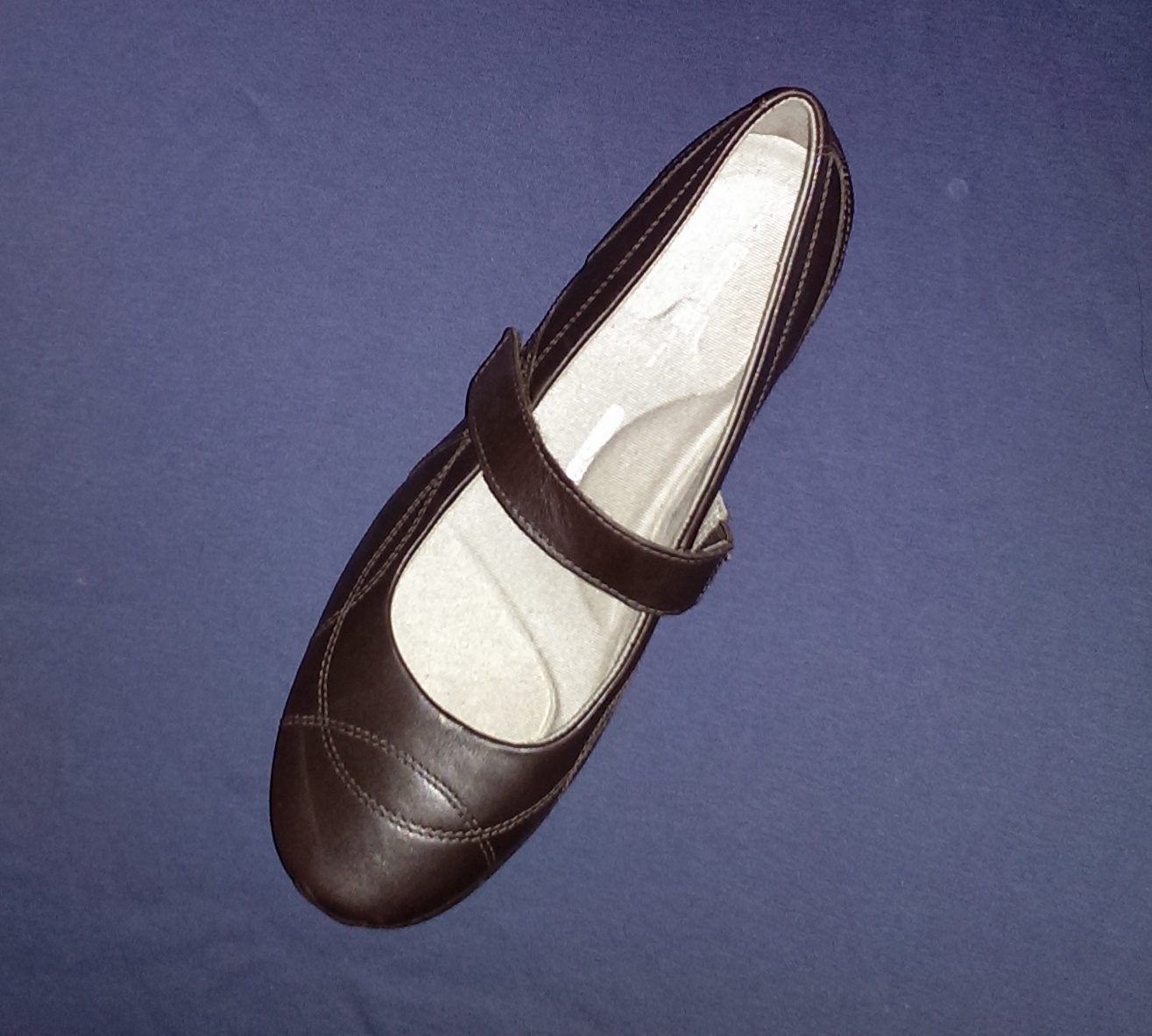Hiding Games
These games involve hiding people or objects.
Hunt the Thimble

Also known as Hiding the Thimble. A thimble is the only prop needed for this game, although it could really be any small object. The idea is that the object has to be hidden in plain sight. In other words, it cannot be put inside something or under something. It has to be in a place where others can spot it without have to move anything but yet not in such an obvious place that it will be spotted immediately (Beaver 25). For instance, putting the thimble in the middle of an empty table would make it too obvious, but putting it next to a silver picture frame or among a bunch of knick-knacks makes it harder to spot right away.
Most of the players leave the room while one person hides the thimble. Once the thimble is hidden, that player calls the others back into the room to look for it. When someone spots the thimble, they don't say anything right away but quietly sit down and wait for the others to find it. After everyone has figured out where the thimble is, the person who spotted it first takes the thimble and hides it for the next round (Greenaway 63). The last person to spot the thimble has to perform a forfeit (Beaver 25).
There are five thimbles in the picture, three metal and two plastic. Click on it for a closer view.
Hot Boiled Beans
The "hot" and "cold" hints in this game will be familiar to modern players.
One player leaves the room, and the others hide a small object. Unlike in Hunt the Thimble, it doesn't have to be hidden in plain sight. When the players have hidden the object, they call the other player back into the room, saying, "Hot boiled beans and bacon for supper, hurry up before it gets cold." Then, the player comes in and starts searching for the hidden object. The others give him hints by telling him that his supper is "hot" or "cold" as he moves around the room. The closer he gets to the object, the "warmer" his supper is, and the farther away he moves, the "colder" it gets. If he's very far from the object, the supper is "very cold," and if he's really close, it's "very hot." If the others players tell him that supper is "burning," the searcher knows that he's arrived at the hiding place. They keep giving him hints until he finds the object (Beaver 25).
Hunt the Slipper

Hunt the Slipper was also played during the Middle Ages, but I've included it here as well because the rules changed over time. The rules and rhyme for this version of the game come from Victorian Parlor Games by Patrick Beaver, pp. 24-25. Kate Greenaway's Book of Games describes the same game with very similar rules, pp. 46-47.
The players sit on the floor in a circle with one person standing in the middle of the circle. One of the sitting players is appointed to be the chief cobbler. The standing player gives the chief cobbler a slipper and says:
"Cobbler, cobbler, mend my shoe,
Get it done by half past two."
The standing player turns his back to the chief cobbler (or possibly leaves the room (Greenaway 46)), who hides the slipper behind his back and passes it to another player, who also keeps it behind his back. The standing player gives the other players a chance to move and hide the slipper behind their backs, then turns around again and asks for the slipper back. The chief cobbler says that he lost it. As the standing player starts to look for the "lost" slipper, the "cobblers" sitting in the circle continue moving the slipper around behind their backs. (Greenaway says that players may pass the slipper along under their legs if they're sitting with their knees raised or on low seats instead of the ground, p. 46.) Players who don't have the slipper also pretend to pass it along behind their backs to confuse the searcher. The searcher can ask any cobbler to show him his hands whenever he thinks he's figured out where the slipper is, but he is only allowed to see one person's hands at a time. (In other words, he can't force multiple players to show their hands at once to cut down on the number of possible hiding places for the slipper.) When the searcher catches someone holding the slipper, that person becomes the searcher for the next game.
Although Greenaway says that players can hide or pass the slipper under their legs, I think that it's easier behind the back. The only reason I can see for doing it the other way is if the searcher steps outside the circle during the game and might see the slipper behind someone's back or does the searching from outside the circle instead of the inside. If the searcher stays inside the circle, behind the back is better.
Sardines
This is another form of Hide and Seek. It is best to play when it's dark and there are many possible rooms to hide in. Unlike Hide and Seek, where many people hide and one person seeks, Sardines begins with only one person hiding. The hiding place the person chooses should be fairly roomy. The other players search for the person who is hiding, but they should spread out and not go as one big group. Whoever finds the person hiding joins that person in their hiding place. One by one, others will find and join them, trying not to make too much noise or squish each other too much wherever they're hiding (some of that is unavoidable, hence the name of the game). Eventually, everyone will be in the hiding place except for one person. The last person to find the hiding place has to pay a forfeit (Beaver 45).

